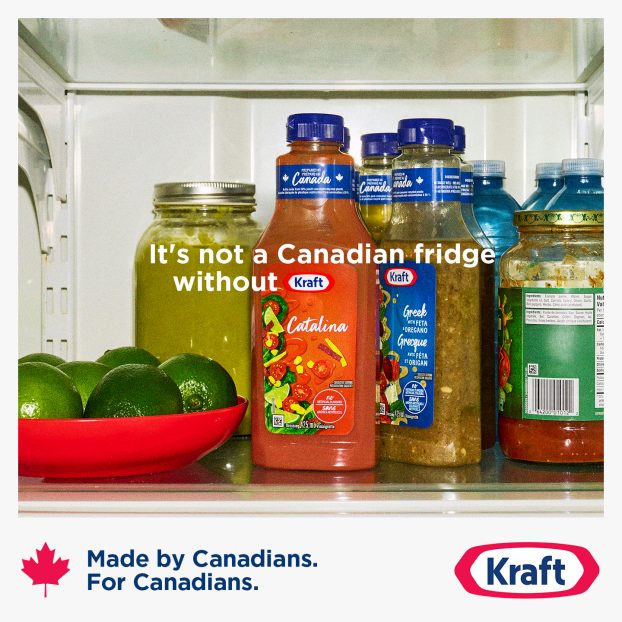In This Report
-Crown Life Insurance
emphasizes stability and
dependability, in an image-
building campaign 19
-Use of Chinese media is on
the rise, says DJC Research 21
-Tele-Direct and Ming Pao
join forces to publish a
Chinese Yellow Pages 22
-English-language Asian
magazine Typhoon goes to
press for the first time 23
-Volkswagen Canada increases
sales and awareness with an
integrated approach 24
Helen Pang is a research associate at Toronto-based DJC Research, publisher of The Chinese Consumer in Canada, an annual syndicated study of Chinese-Canadian populations in Toronto and Vancouver.
The information in the following article is gleaned from that study.
djc will soon undertake research in Vancouver for its first Chinese Media Index, a more extensive syndicated study of the media and consumption habits of Chinese-Canadian consumers.
Few marketers can afford to ignore the tremendous potential of the Chinese population in Canada.
Their numbers, affluence, high levels of education and urbanization make the Chinese especially desirable targets of marketers in categories such as retail and financial services, automobiles, real estate and communications.
Understanding the specific media habits of Chinese-Canadians is integral to the development of effective marketing and communications strategies.
At the advent of a new Chinese year, a review of the media habits of Chinese-Canadians may give some insights into trends to come.
The increase in size of the Chinese population in recent years has contributed to the growth of the Chinese media industry in Canada.
Chinese media use has increased markedly from 1993 to 1994.
Meanwhile, Chinese use of English media as a whole has maintained similar levels in 1993 and 1994.
Justifying the use of Chinese media has remained a key issue for marketers when developing communication strategies.
Apart from newspapers, English media as a whole still maintain a slightly higher weekly reach than Chinese media. The gap, however, between Chinese and English media is undoubtedly narrowing.
Television continues to have the highest reach among all media for the Chinese. Each week, English television reaches nine in 10 Chinese, and Chinese television reaches seven in 10.
The weekly reach of Chinese television has increased from 66% in 1993 to 71% in 1994. This is especially evident in Toronto, where the reach has grown from 68% to 77%.
The overall weekly reach of Chinese newspapers increased from 58% in 1993 to 67% in 1994.
The launch of Ming Pao in May 1993, however, has set off fierce competition in the Chinese newspaper industry, resulting in a split market.
Although weekly reach of both Chinese and English newspapers are similar, subscription to Chinese newspapers is low (8%) in comparison with that of English newspapers (43%.)
The largest increase in use among Chinese media is in radio. Weekly reach for Chinese radio went from 42% to 51% in 1994.
The increase in Chinese media usage in general has been accompanied by slight decreases in Chinese-Canadians’ use of English radio (down from 73% to 68% in 1994) and newspapers (from 70% to 64%).
The increase in the size of the Chinese population has been fundamentally made up of pure immigration, which resulted in a 10% increase from 1993 to 1994.
With fewer than three years to the handing over of Hong Kong to China, and the increasing concerns over Taiwan’s political stability, another major influx of Chinese immigrants is possible till the end of the century.
Recognizing the potential for growth, Chinese television services such as Vancouver-based national cable service Fairchild TV and Toronto-based multicultural service cfmt, have been, and will continue to improve the quality of their programming to attract more viewers, especially new immigrants.
Chinese newspapers, such as Sing Tao and World Journal, will continue to maintain their positions, but under the continuous threat of Ming Pao and its aggressive pursuit of new readers.
Keen competition among Chinese radio stations is likely to continue through 1995, as expanded broadcasting time and new programming formats will take place in Toronto and Vancouver.
The Ming Pao Sunday supplement magazine, a derivative of its popular sister magazine in Hong Kong, has already brightened the fortunes of Ming Pao’s Sunday edition.
Maclean’s magazine recently launched a Chinese magazine in Vancouver, with the first issue distributed in the Sunday edition of Sing Tao just before the Chinese new year.
A new English-language magazine, Typhoon, targeting young to middle-aged Asians in Canada, launched earlier this month (see story, page 23).
The rapidly expanding and lucrative Chinese segment of the population in the past few years has emerged as one of the principal targets of major marketers in Canada.
Marketers are finding the less fragmented Chinese media easier to assess for their value in reaching the Chinese.























